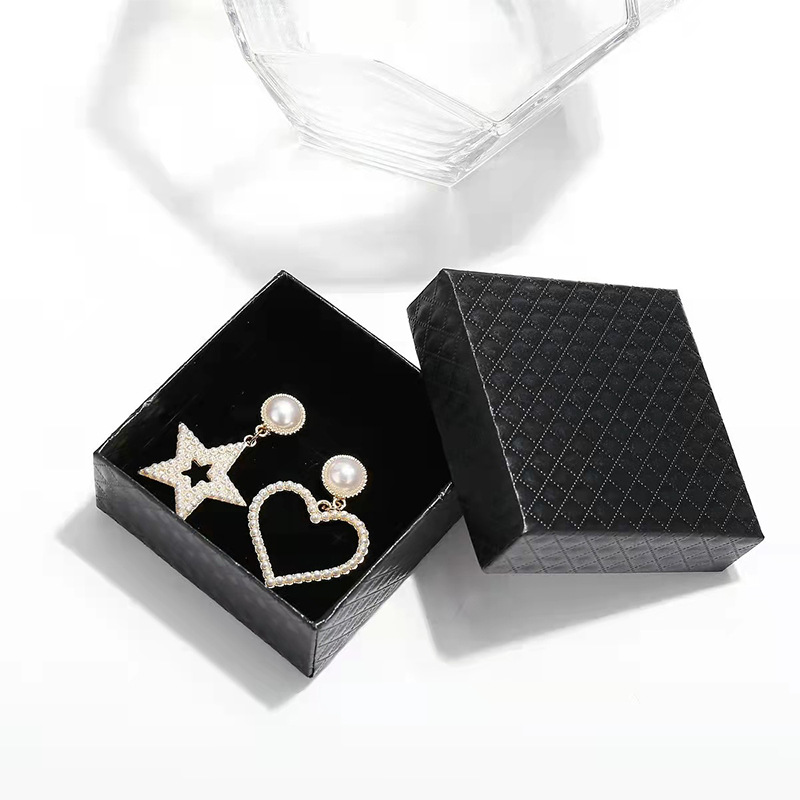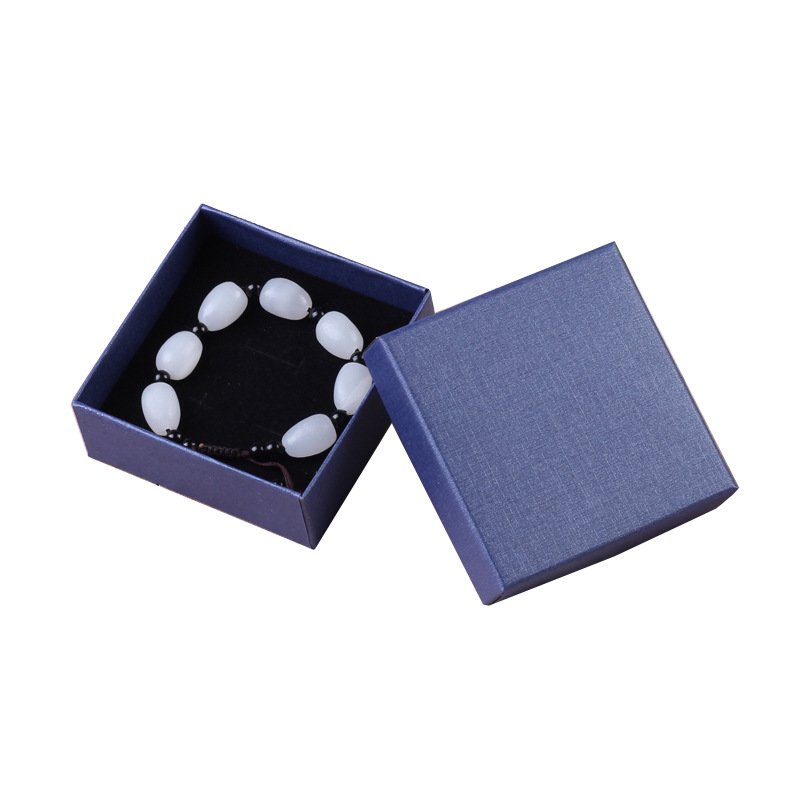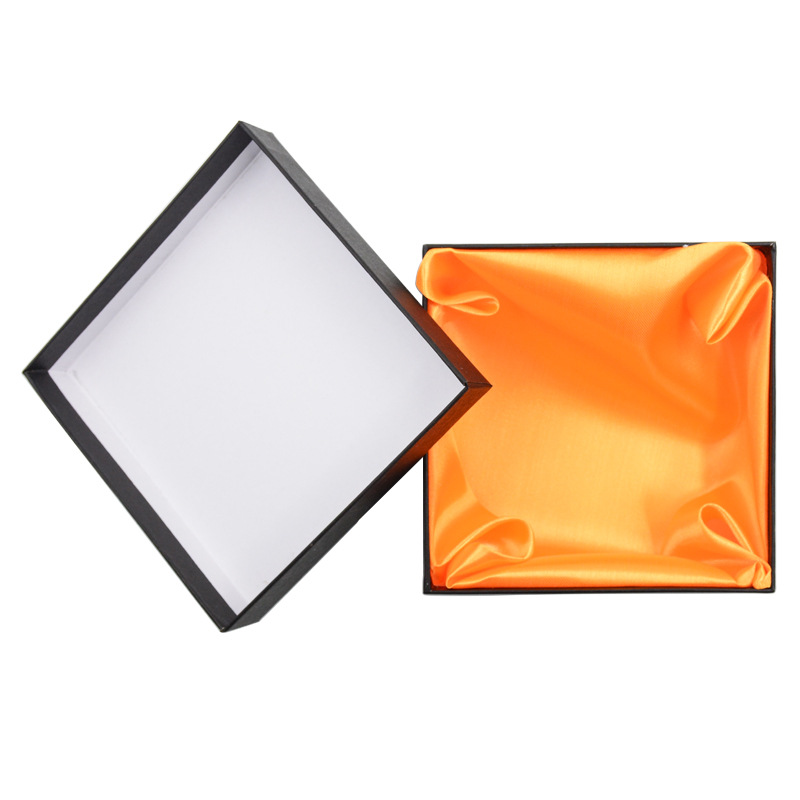The Rebirth of Jewelry Boxes: From Cheap Substitutes to Luxurious Eco-Innovations
Amid the dual pressures of environmental sustainability and rising costs, the jewelry packaging industry is undergoing a material revolution. Traditional wooden boxes are losing ground due to high shipping fees and environmental concerns, while plastic products are caught in the dilemma of recycling challenges. In this context, paper-based jewelry boxes are making a surprising comeback. New corrugated paper structures can support weights over 8 kg; biodegradable coatings provide waterproof and moisture-resistant performance; and modular designs have increased secondary usage rates to 73%. What started as a niche choice among independent designers is now being embraced by global brands in bulk. This silent paper revolution, empowered by scientific advancements and creative design, is redefining the value of jewelry packaging—proving that eco-friendliness and luxury are not mutually exclusive.
1. Paper Boxes Can Be Strong Too
- Common Misconception:
Many people assume paper boxes are fragile, but with a three-layer reinforcement strategy, they can be surprisingly durable:
- Bottom Layer – Structural Support: 2mm thick greyboard forms the internal skeleton.
- Middle Layer – Cushioning: Honeycomb corrugated board adds shock absorption.
- Surface Layer – Scratch Protection: Laminated with fine matte film for wear resistance.
- Test Comparison:
| Test Item |
Standard Paper Box |
Reinforced Paper Box |
| Load Capacity |
3 books |
8 books |
| Water Resistance |
Immediate seepage |
Withstands 1 minute |
| Drop Test |
Damaged after 3 drops |
Intact after 10 drops |
- Case Study: A Douyin (TikTok China) influencer used these boxes to ship crystal bracelets:
- 500 parcels shipped with zero damage
- Fans reused the boxes as storage containers
- Packaging costs reduced by 70%
2. From Fragile to Resilient: Three Technological Upgrades
First Generation: Basic Shockproofing (2018–2020)
- Material: Standard greyboard + single-layer corrugation
- Weaknesses: Prone to moisture deformation, limited weight capacity
- Failure Example: A micro-seller group lost 78% of 500 boxes to crushing during sea freight.
Second Generation: Functional Enhancement (2021–2022)
- Upgrades:
- Triple-layer composite (greyboard + wave corrugation + coated paper)
- Plastic corner guards for edge protection
- Cost: ¥2.3 per unit
- Breakthrough Use Case: A Yiwu seller reduced breakage rate of glass jewelry from 19% to 5%.
Third Generation: Smart & Sustainable (2023–Present)
- Innovations:
- Re-sealable strips (tested for 200 open/close cycles)
- Humidity indicator window (color change signals desiccant replacement)
- Plant-based waterproof coating (forms a protective layer upon contact with water)
- Performance Metrics:
- Load-bearing capacity: 15 kg without deformation
- Waterproof rating: IPX4
- Cost reduced to: ¥1.8 per unit
3. Eco-Friendliness Is Actually Cost-Effective
Material Selection:
- Recycled Paperboard
- Made from repulped waste cartons
- 40% cheaper than virgin paper
- Indistinguishable appearance
- Soy-Based Ink
- Odorless and non-toxic
- Softer hues for light-colored prints
- Compliant with export environmental standards
Creative Reuse Tips:
- Shared by seasoned factory workers:
- Drawer Organizer: Cut boxes into compartments
- Photo Frame: Repurpose the lid with a photo and hang
- Bookmarks: Punch holes in offcuts and thread with tassels
- Customer Feedback:
- Ms. Zhang, a Yiwu e-commerce seller:
- Saw a 30% increase in European orders after switching to recycled paper boxes
- Foreign customers appreciated the eco-labels on the lids
- Reduced monthly packaging waste by 100 kg
4. Smart Design Details for Practical Use
- Live Stream Packaging Features:
- Silent Closure: Magnetic seals replace snap buttons
- Built-in Reflectors: Enhances sparkle under lighting
- Phone Slot: Convenient for product reveal videos
- Holiday Gift Box Innovations:
- Slot at the bottom for a greeting card
- Tear-open tab on the side
- Printed surprise message inside the lining
- Retail Display Techniques:
- Weighted base prevents tipping on counters
- Side windows for direct jewelry viewing
- Stackable into brand initials or display shapes
5. How to Choose the Right Paper Box
Pitfall Prevention Tips:
- Don’t Just Compare Prices:
- Boxes of the same size can differ by ¥0.5 depending on 200g vs. 300g paper
- Waterproof coating adds ¥0.3 but may save on courier damage claims
- Always Test Samples:
- Fill with water for 24 hours—check for deformation
- Drop test while fully loaded (3 times)
- Rub with a marker to test smudge resistance
Cost Comparison Table:
| Box Type |
Unit Price (RMB) |
Ideal Use Case |
| Basic White Box |
¥0.8–¥1.5 |
Daily sales |
| Foil-Stamped Logo |
¥1.2–¥2.0 |
Holiday gifts |
| Waterproof Upgrade |
¥1.8–¥3.0 |
High-end jewelry / Cross-border |
| Custom Shape Box |
¥2.5–¥5.0 |
Branded limited editions |
6. Pitfalls and Pro Tips for Advanced Users
Common Mistakes for Beginners:
- Blindly Chasing Thickness:
- 300g paper ≠ higher durability (structural design matters more)
- Better approach: 220g paper + internal reinforcement ribs
- Overdecorating:
- Case: A brand added 8 rhinestones to box surfaces—39% fell off in transit
- Suggestion: Use selective foil stamping + embossing for a premium feel
- Ignoring Storage Conditions:
- Lesson: 500 boxes ruined by moisture in Southern China warehouse
- Fix:
- ▢ Add desiccants to storage
- ▢ Insert humidity indicator cards in boxes
Advanced Packaging Strategies:
- Partner with Local Florists:
- Trade used boxes for fresh flowers
- Co-host “Packaging Upcycling Workshops”
- Build a User Content Library:
- Collect buyer transformation ideas
- Host regular “Box Rebirth” contests
- Data-Driven Operations:
- Track box reuse with QR codes
- Analyze retention rates by box design
7. Conclusion
When consumers transform paper jewelry boxes into display shelves, and cross-border sellers reduce shipping costs by 46% through lighter packaging, the potential of paper packaging goes far beyond protection. Industry data reveals that honeycomb-structured paper boxes offer three times the compression resistance, while soy ink reduces customization costs by 58%. These changes prove that sustainable packaging doesn’t require rare or expensive materials—it demands deep understanding of physical properties and a keen sense of practical application. Perhaps the future of luxury lies not in opulence, but in a piece of foldable, plantable, and recyclable paperboard.





 We like to do design according to all the customers' requirements, or offer them our new designs. With strong OEM/ODM capabilities, we can fill your sourcing demands.
We like to do design according to all the customers' requirements, or offer them our new designs. With strong OEM/ODM capabilities, we can fill your sourcing demands.